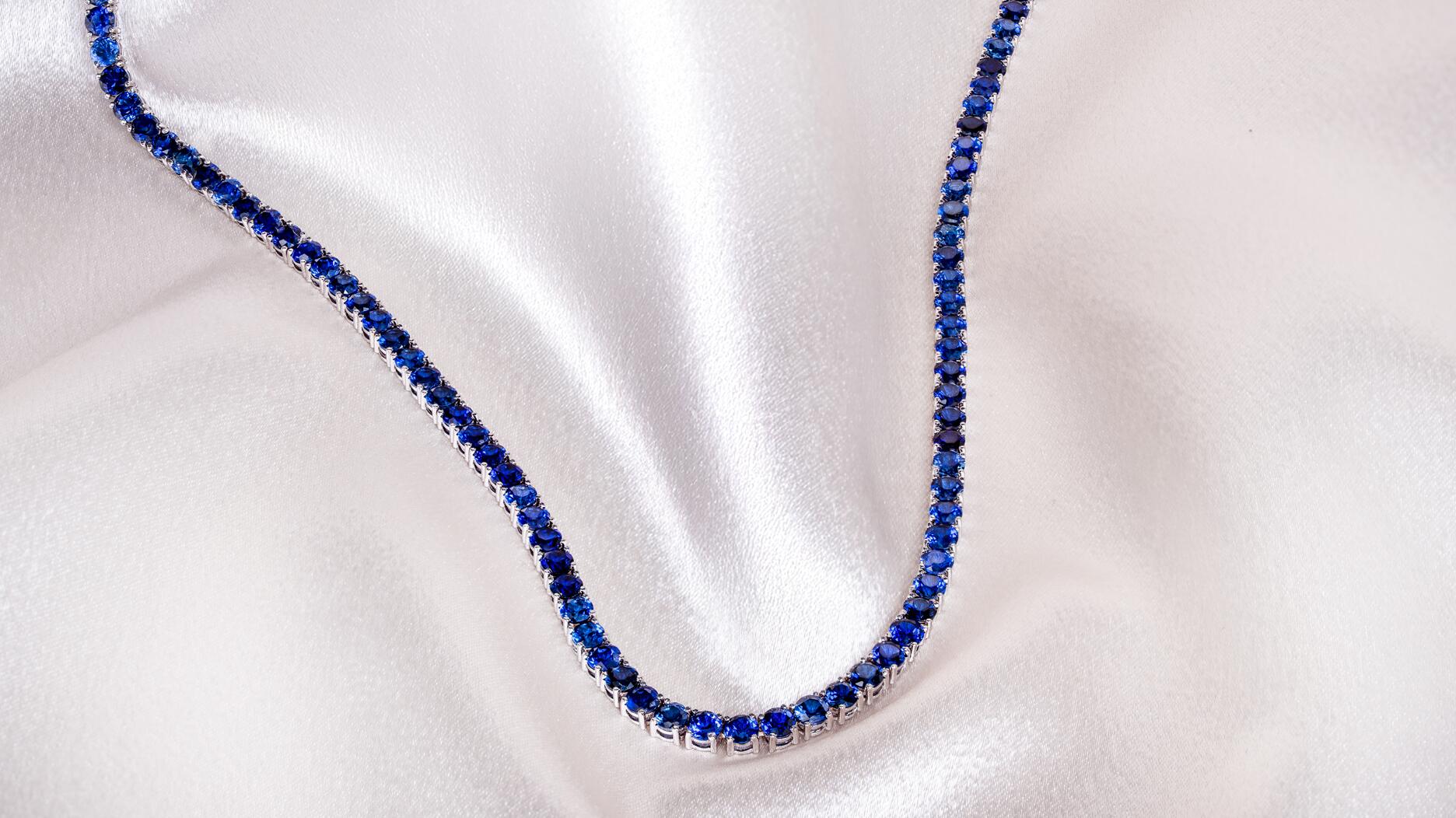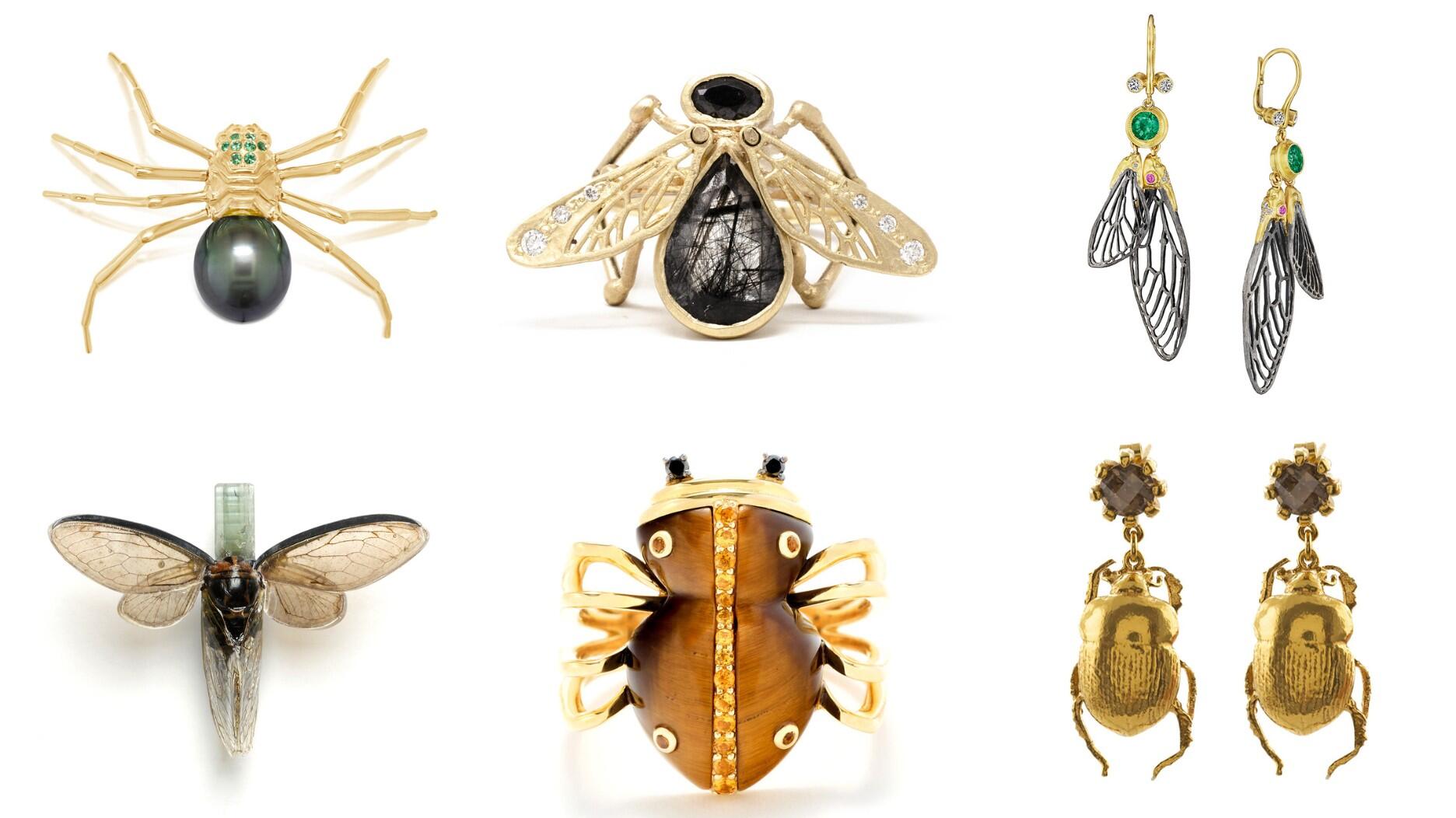The man was charged with theft, accused of ingesting the necklace while in a jewelry store in Auckland, New Zealand.
Why the GIA Grades Lab-Grown Diamonds Like It Does
The GIA’s Tom Moses explains the reasoning behind the more general color and clarity grades the lab assigns to synthetic stones.

In both articles, I noticed the GIA using the following terminology to refer to the stones’ color and clarity: “J-equivalent color” and “VS2-equivalent clarity” for the white diamond, and color equivalent to “fancy deep blue” for the colored stone.
This terminology, for me at least, raised questions about the GIA’s approach to grading synthetic diamonds.
On Wednesday, the very knowledgeable Tom Moses, the GIA’s executive vice president and chief laboratory and research officer, took some time to explain it to me.
Moses said the GIA has been issuing Synthetic Diamond Grading Reports for about 10 years.
On these reports, the GIA does not give specific color or clarity grades.
Instead, Moses said, it grades lab-grown diamonds in broader terms, calling, for example, stones in the D-E-F range “colorless” and those in the G-H-I range “near colorless.”
For clarity, the lab uses only VVS, VS, SI or I for synthetic diamonds.
Why?
Because, “by their very nature, when they grow these diamonds, they are traditionally nitrogen poor,” Moses said, which is, incidentally, also what makes them Type IIa. In addition, many, though not all, CVD-grown diamonds come out a sort of brown color and then are de-colorized through a treatment process to make them colorless or near colorless.
All this is to say that these stones are not going to have the same range of color (D to Z) as mined diamonds, which is why the GIA chooses to use broader categories in grading them. They are grown to be as clear as possible, too, which is why the GIA also uses broader terms for clarity.
The GIA’s grading system, which was created long before the proliferation of lab-grown stones that we see today, was “developed for normal mine run, which doesn’t change. That’s nature,” Moses noted.
However, when the GIA publishes research articles online--like this one on the 5.19-carat diamond that appeared earlier this month--it uses terms such as “J-equivalent color” and “VS-equivalent clarity” to give readers a clearer picture of the stone.
Moses said despite what some people seem to think, the GIA is not doing this to “punish diamond growers.” Rather, the lab just sees it as the most logical way to describe lab-grown diamonds.
He added that from a consumer perspective, he doesn’t think there is that much demand for specific color grades for lab-grown diamonds. Rather, they’re just happy to have a ring or a pair of earrings that are real diamonds but for a lower price.
“They’re going to say, ‘It looks nice. They sparkle. They’re the price I want to spend. I’ll take them.’”
(I think this same argument could be made for mined diamonds as well, but that’s another topic for another time.)
Moses said while lab-grown diamond companies do ask the GIA to do it differently, he doesn’t see the GIA altering its system in the near future, especially with the improving diamond-growing technology producing more stones of high color and clarity.
“Our mission is to serve the consumer and provide clear and accurate information,” he said. “Although we listen to the industry, ultimately, we are here to serve the public.”
“Right now, I just don’t see a reason why we would make that change.”
The Latest

The Florida independent expanded its store from 8,000 to 14,000 square feet, fulfilling the vision of its late co-founder, Jim Dunn.
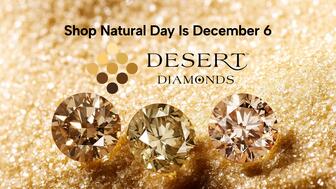
Sponsored by De Beers Group

How Jewelers of America’s 20 Under 40 are leading to ensure a brighter future for the jewelry industry.
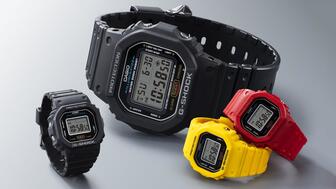
The classic 5600 series G-Shock has been scaled down to about a tenth of its size, becoming a fully functioning watch ring.


The association’s annual conference and gala will take place Feb. 4, 2026, during the Tucson gem shows.

The January show will include a workshop for jewelry retailers on implementing AI to strengthen their businesses.

Roseco’s 704-page catalog showcases new lab-grown diamonds, findings, tools & more—available in print or interactive digital editions.
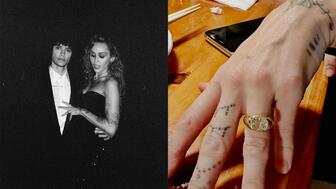
Fellow musician Maxx Morando proposed to the star with a chunky, cushion-cut diamond ring designed by Jacquie Aiche.

The retailer, which sells billions in fine jewelry and watches, is suing the Trump administration and U.S. Customs and Border Patrol.

Black Friday is still the most popular shopping day over the five-day holiday weekend, as per the National Retail Federation’s survey.
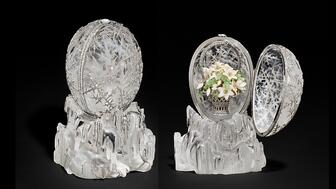
The historic egg, crafted for Russia's ruling family prior to the revolution, was the star of Christie’s recent auction of works by Fabergé.
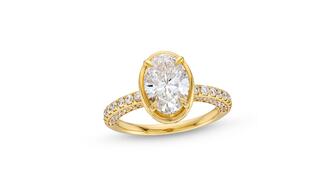
The retailer offered more fashion jewelry priced under $1,000, including lab-grown diamond and men’s jewelry.
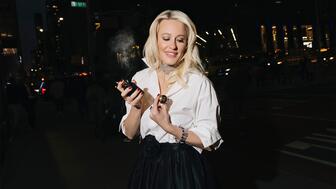
The eau de parfum is held in a fluted glass bottle that mirrors the decor of the brand’s atelier, and its cap is a nod to its “Sloan” ring.

Vivek Gadodia and Juan Kemp, who’ve been serving as interim co-CEOs since February, will continue to lead the diamond mining company.

In addition, a slate of new officers and trustees were appointed to the board.
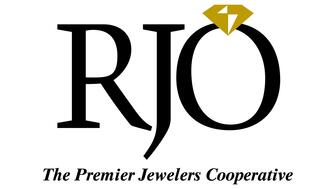
Witt’s Jewelry in Wayne, Nebraska, is the organization’s new milestone member.

Laurs is the editor-in-chief of Gem-A’s The Journal of Gemmology and an expert on the formation of colored gemstone deposits.
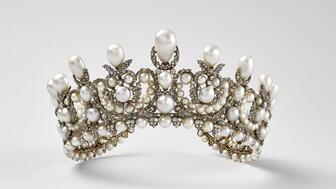
The man, who has a criminal history, is suspected of being the fourth member of the four-man crew that carried out the heist.
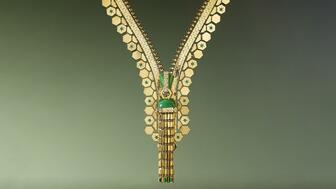
The single-owner collection includes one of the largest offerings of Verdura jewels ever to appear at auction, said Christie’s.
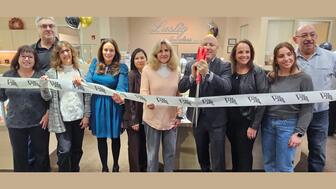
Michael Helfer has taken the reins, bringing together two historic Chicago jewelry names.
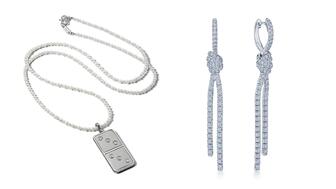
The guide features all-new platinum designs for the holiday season by brands like Harwell Godfrey, Ritani, and Suna.

During its Q3 call, CEO Efraim Grinberg discussed the deal to lower tariffs on Swiss-made watches, watch market trends, and more.
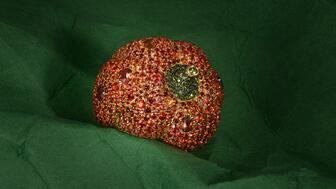
Rosior’s high jewelry cocktail ring with orange sapphires and green diamonds is the perfect Thanksgiving accessory.

The “Embrace Your True Colors” campaign features jewels with a vibrant color palette and poetry by Grammy-nominated artist Aja Monet.

Luxury veteran Alejandro Cuellar has stepped into the role at the Italian fine jewelry brand.

The company gave awards to four students at the Namibia University of Science & Technology, including one who is a Grandview Klein employee.










